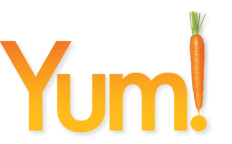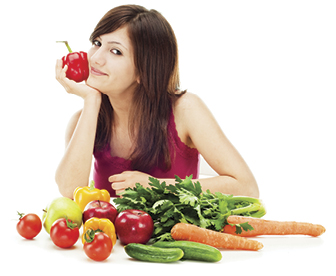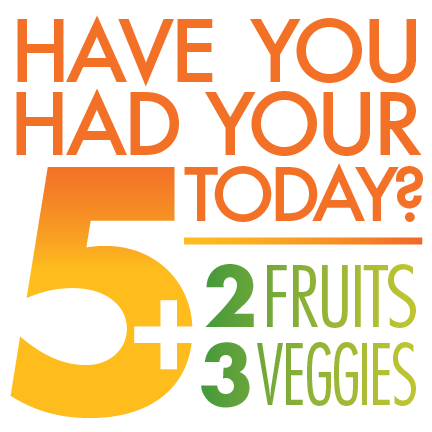The Harvest of the Month curriculum has been used by parents, educators, student mentors, childcare providers, and others looking for an easy way to help educate and inspire young people to eat healthier and get comfortable with adding more fruit and vegetables to their daily routines. The lesson plans have been used with great success in individual classrooms, health classes, PE classes, school assemblies, and after school programs, and are adaptable to almost any setting.
Here’s What Some of Them Have to Say About the Program:
Here’s what some of them have to say about the program:
“It’s been really fun to watch the kids experience new types of fruits and vegetables. The program is fun and super easy. The best part is having the kids tell us that their favorite part of their week is our presentation!”
– Carly Carlson
“The HOM produce, Spinach, made it on the lunch menu today per students’ request. One of the classrooms liked the spinach so much this morning when they tried it during HOM that they requested a spinach salad for lunch.”
– Deseree Corrales
“We were amazed with the number of students who eagerly participated even on green vegetable days. Very few refused to try a new vegetable.”
– South Dakota Teacher
“Broccoli was already on the menu so we just made a spinach/broccoli salad for [our] class. When we took them their salad, another class saw it and wanted the same. We ended up serving a spinach salad to the rest of the classes as well.”
– Deseree Corrales
“HOM has been an exciting adventure for me. I never thought a short presentation one time per week could make such a big difference for so many kids. It’s great to know that I’m helping them learn about making healthy choices and actually making them want to try new things—especially new vegetables!”
– Hannah Riker
“I’ll be honest, I’m not a huge fan of vegetables, but giving HOM presentations and encouraging kids to try them has even made me try some things I might not have before. They get to learn something new about a fruit or a vegetable and we get to see them all smile.”
– Cassie Ehmann
“My child is always very excited to tell me about harvest of the month. It also helps my child try things that he would not normally try at home. I think this program is great!”
– Parent of elementary student
“My children love this program. We have favorites off the recipes sent home that we make on a regular basis. I love the stickers, it is a great conversation starter. My older kids put them on their school folders. We have learned new ways to eat our fruits/veggies.”
– Parent, Pierre, SD
“My children are always excited to come home and tell us of the new foods that they have tried and when we go to the store they ask to buy those foods. Their favorites are the orange bell peppers. I had never purchased them before their experience with Harvest of the Month.”
– Parent of elementary student
“As secretary in the school, I do know that the students look forward to Harvest of the Month and trying the new fruits and vegetables that they normally would not get at home.”
– HOM Advocate, Pierre, SD
“The students really became excited about trying fruits and vegetables and that excitement usually came after the [HOM] presentations.”
– HOM Advocate
“My kids have tasted things I would never have thought to ask them to taste. They are less picky when they see additional fruits and veggies in soups and casseroles…More than they used to, they will choose a fruit or veggie for a snack.”
– South Dakota Parent
“Their attitudes toward certain vegetables have changed and I believe it has to do with the way it is presented!”
– HOM Advocate
“[HOM] increased my child’s interest and knowledge about eating healthy foods and choosing healthy foods.”
– South Dakota Parent







